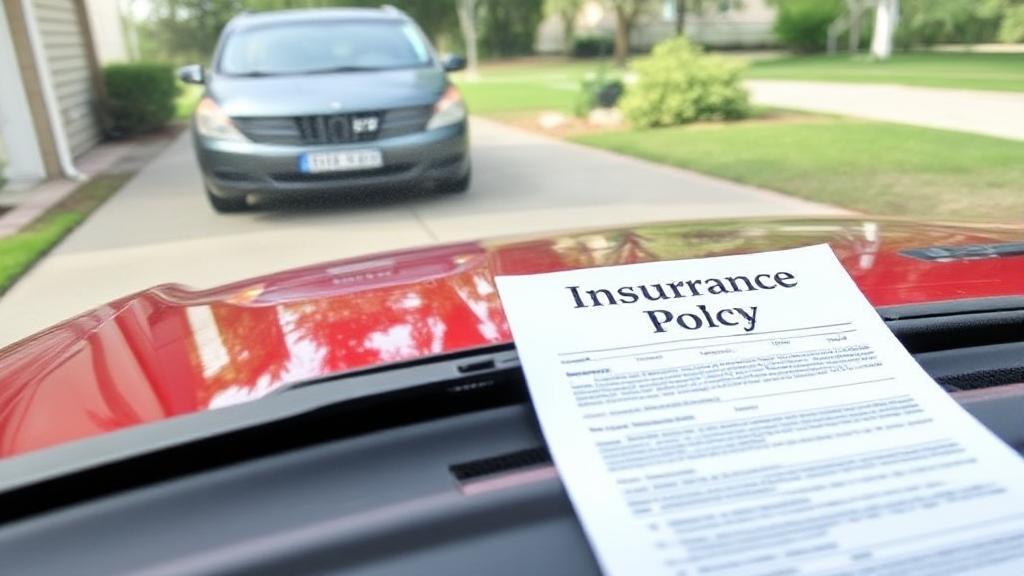Understanding Gap Insurance
Gap insurance, or Guaranteed Asset Protection insurance, is a type of auto insurance coverage that helps cover the difference between the amount you owe on your car loan and the car's actual cash value in the event of a total loss. This can be particularly beneficial if you have a loan or lease on a new vehicle, as cars tend to depreciate quickly.
When you drive a new car off the lot, its value decreases almost immediately. If your car is totaled or stolen, your standard auto insurance policy will typically only cover the car's current market value, which may be less than what you owe on your loan or lease. Gap insurance covers this "gap," ensuring you aren't left paying out of pocket for a car you no longer have.
Steps to Determine if You Have Gap Insurance
1. Review Your Insurance Policy Documents
Look for terms such as:
- Gap Coverage
- Loan/Lease Coverage
- Loan/Lease Payoff
- Guaranteed Auto Protection
This information is usually found in the declarations page or the endorsements section of your policy.
2. Contact Your Insurance Provider
If you're unable to locate this information in your policy documents, reach out to your insurance provider directly. Their customer service representatives can:
- Verify your current coverage
- Explain your policy details
- Provide documentation of gap coverage if it exists
3. Check Your Auto Loan or Lease Agreement
Many dealerships and lenders include gap insurance as part of the financing package. Review your:
- Vehicle purchase agreement
- Loan documentation
- Lease contract
- Monthly payment statements
4. Look at Your Insurance Premium
Gap insurance typically adds $20-40 to your annual premium. Review your insurance payments to see if there's a line item for gap coverage.
Understanding Gap Insurance Status by Vehicle Type
Different vehicles and ownership situations have varying likelihood of including gap coverage:
| Vehicle Situation | Typical Gap Insurance Status |
|---|---|
| New Car Lease | Usually Included |
| New Car Purchase | Often Optional |
| Used Car Purchase | Less Common |
| Paid-off Vehicle | Not Applicable |
When to Consider Gap Insurance
- New Car Purchases: If you've recently purchased a new car, especially with a small down payment
- Leased Vehicles: Leasing companies often require gap insurance
- High-Interest Loans: If you have a high-interest loan
- You made a small down payment (less than 20%)
- You have a long-term auto loan (60+ months)
Alternatives to Gap Insurance
If you find that you do not have gap insurance and are considering it, there are alternatives to explore:
- Loan/Lease Payoff Coverage: Some insurers offer this as an alternative to gap insurance
- New Car Replacement Coverage: This coverage can replace your totaled car with a new one of the same make and model
Online Resources
For more information about gap insurance, visit:
Remember that gap insurance is most valuable when:
- Your car is new or nearly new
- You have a significant loan balance
- Your vehicle depreciates quickly
